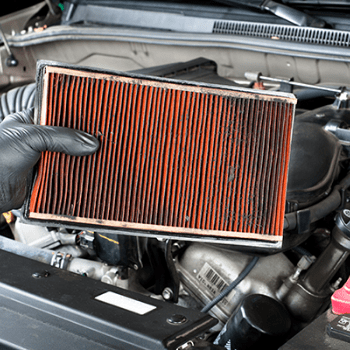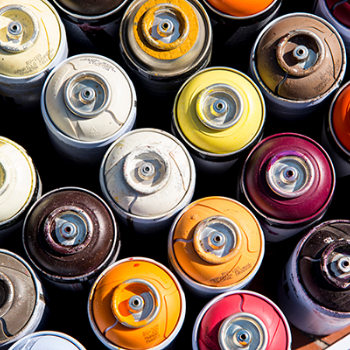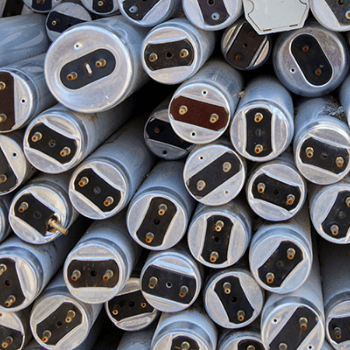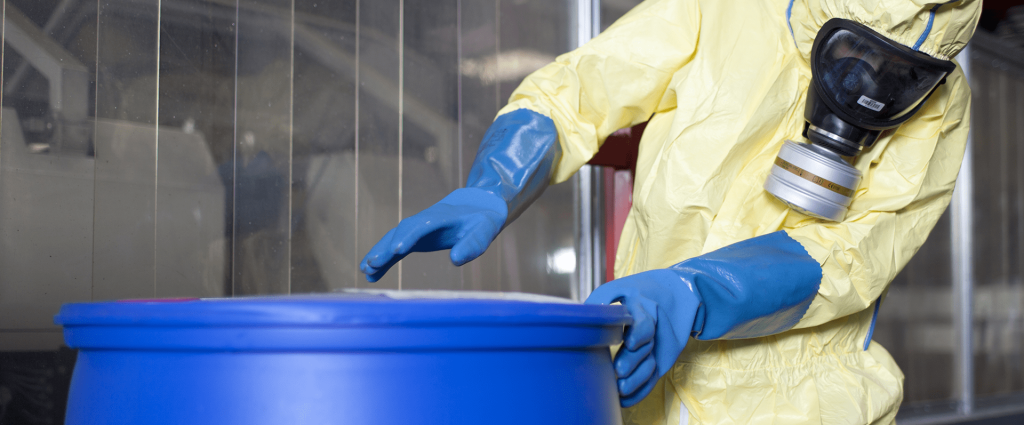Hazardous waste
Nord Holding’s hazardous waste services comprise separate collection, transportation to the company’s sites, temporary storage, and handover for recycling, recovery or disposal.
Within the broad range of hazardous waste, we focus on:
Types of hazardous waste

PACKAGING CONTAINING RESIDUES OF, OR CONTAMINATED WITH, HAZARDOUS SUBSTANCES
Antifreeze, brake fluid, automotive and hydraulic oils, degreasers, specialized aerosol sprays, paints, etc.

ABSORBENTS
Dirty cleaning rags, towels and work clothes as well as oil, air, and industrial filters.

PAINTS, VARNISHES, AND SOLVENTS
Paints, varnishes, and solvents.

LAMPS
Fluorescent and other mercury-containing lamps.
Recycling process
The process of recycling, recovery or disposal of hazardous waste includes the following operations:
Benefits

Recycling, recovery or disposal of hazardous waste is key to achieving
humanity’s goals for cleaner air and water, and a cleaner planet in general.
However, instead of being handed over for recycling, a large amount of hazardous waste is still being
burned by individuals and companies without the filters and permits required, which leads tо
serious air pollution, especially in winter.
Hazardous wastes are accepted in return for payment by the supplier.
